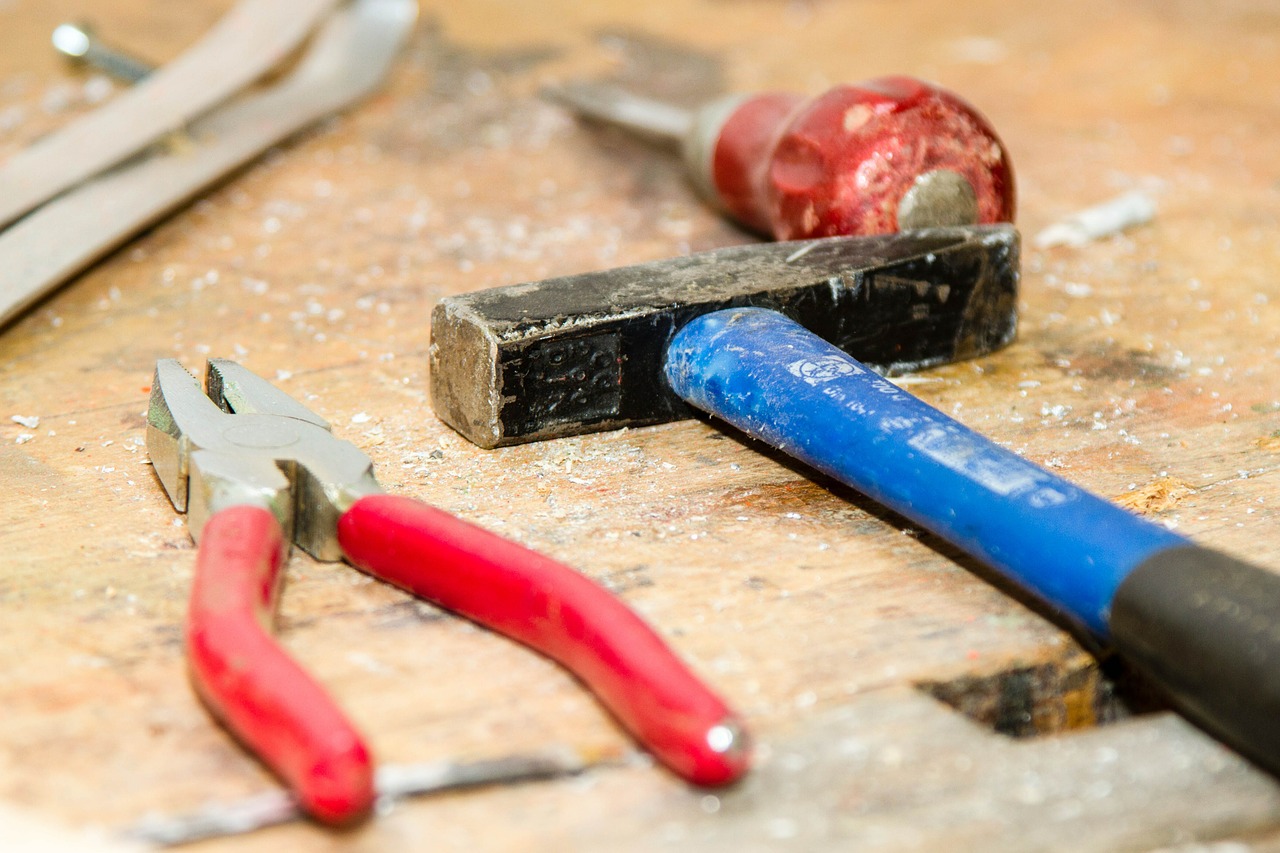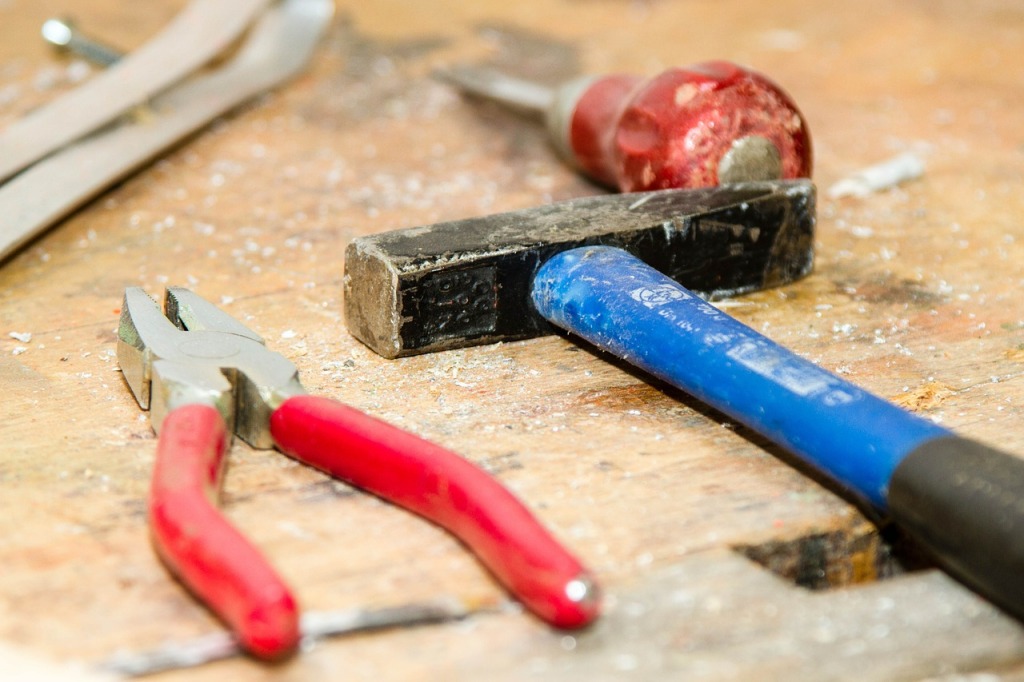Home Improvement
Out With The Old, In With The New

Call it a conspiracy if you will, but tools today are just not meant to last unless you’re willing to pay for high end equipment. Because most of us lack the funds to do so, tool buying then turns into a twice yearly expenditure that ends up costing more over time than simply buying the expensive brands. Is there any happy medium to this? There is indeed. Refurbishing old tools is a time honored tradition that can get you reliable, long lasting tools for far less than any department store could hope to offer. If you find yourself on the market for a new wrench or hammer, look no further than your local flea market.
What You Need
All accessories are going to depend highly on what you want to buy. A hammer, for instance, will not need a file like saws and other blades. On top of this, you’ll need to take care of some research, first. Just like today, not all that was produced back in the day was good. To differentiate, a simple search regarding proven old brands will point you in the right direction. It can often rightfully be assumed that quality brands made quality products no matter what they specifically were. Feel free to do even further research, but as it is not guaranteed you will even find a perfect style match, general knowledge is perfectly acceptable. In addition, refrain from buying things like sandpaper and rust remover until you have the tool in your possession. Bargain hunting, though a great way to save money, takes a bit longer than heading down to the local Home Depot. Plus, you won’t even know the extent of the repairs needed until you have the hardware in hand.

What to Do
Now that you have your prized possession, you need to clean it up to both make it work ideally and last you a lifetime. If possible, you need to detach the handle from the metal. This allows for easier cleaning of both pieces. If that happens to not be an option, then you have one less step to worry about.
Whether you start with the handle or the metal is a personal preference, so for this article’s sake, let’s say you want to clean up that handle. For plastic, use a damp cloth to wipe away any dirt and toothpicks to really dig in to tiny crevices. As for wooden types, you’ll need to invest in boiled linseed oil. This is an ideal oil because while it does not provide a coat, it leaves the wood looking shiny while highlighting the wood grain. After cleaning out all of the visible dirt, simply take a rag and wipe the oil onto the wood as many times as it takes until the wood stops absorbing the oil. Let it dry, and the handle is complete. Feel free to add a finish to protect it from any sort of direct damage.
As for the metal, check out the areas of rust. Get yourself a toothbrush and either vinegar or a mixture of water and baking soda. Vinegar’s acidic quality is perfect for dissolving most of the stubborn rust areas. Baking soda and water, however, create an abrasive paste. Scrub off the rust with a toothbrush and the metal should be restored. If it’s not, you may need to purchase a reliable rust remover. Either way, once the metal is shining like a new nickel, coat it in a protective layer of wax to save it from future rust. Provided the tool does not have teeth, reassemble the parts and you have yourself a like-new addition to the garage.
If the metal section does have teeth, you need to break out the file. It can be rightfully assumed that over the many years of use it received, the sharpness wore away over time. This, however, is easily fixable. Simply determine the angle of the bevel or bevels and file them according to certain directions easily found on the internet. Once done, you’ll have yourself a sharpened saw ready to do what it was designed to do.
-

 Tech11 years ago
Tech11 years agoCreating An e-Commerce Website
-

 Tech11 years ago
Tech11 years agoDesign Template Guidelines For Mobile Apps
-

 Business6 years ago
Business6 years agoWhat Is AdsSupply? A Comprehensive Review
-

 Business10 years ago
Business10 years agoThe Key Types Of Brochure Printing Services
-

 Tech8 years ago
Tech8 years agoWhen To Send Your Bulk Messages?
-

 Tech5 years ago
Tech5 years ago5 Link Building Strategies You Can Apply For Local SEO
-

 Law5 years ago
Law5 years agoHow Can A Divorce Lawyer Help You Get Through Divorce?
-

 Home Improvement6 years ago
Home Improvement6 years agoHоw tо Kеер Antѕ Out оf Yоur Kitсhеn































